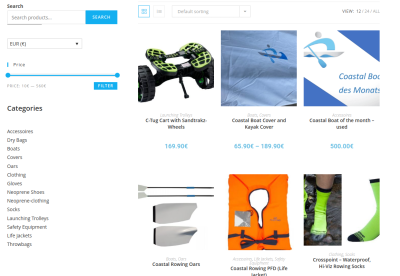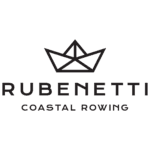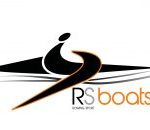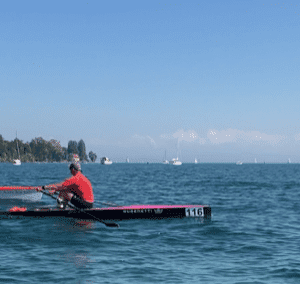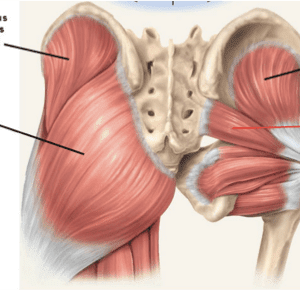Why should we work on our flexibility? To improve our strength and stability and thus our general performance! This also reduces the risk of injuries during the rowing season. Here is part 4 of our Rowing and Flexibility series – The Ankle.
Rowing and Flexibility: The Ankle
This group of muscles around our ankle joints has it all, as pain in the knees, hips, or lower back is often associated with the other end of the kinetic chain – the feet and ankle joints.
What is the kinetic chain? Here, using the knee joint as an example, it connects the lower leg to the upper leg, forming a kinetic chain. So it is a combination of different interconnected joints that perform a complex movement. Then there’s the open and the closed… but that’s going too far here. Just so you know, mobile hocks are also critical to our rowing performance and bodywork in the boat.
In addition to the ankle joints, Will Ruth includes the calf in his mobility program (twin muscle, clod muscle), the shin muscle, and the foot muscles. His focus is particularly on the plantar fascia, the tendon plate of the sole of the foot.
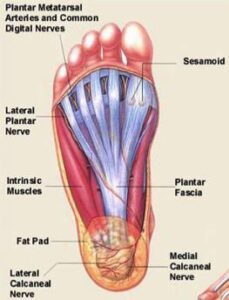
Video: Rowing and flexibility – The ankle
Mobility test of the ankle joint
Stand in front of a wall with your test foot placed flat a few centimeters in front of it (heel also firmly on the ground). Now bend your knee towards the wall and try to touch it. If you succeed, increase the distance to the wall and try again until you can’t do it anymore. Then change sides. Note the position of the foot on the floor (tape) and you will most likely notice a not-insignificant difference between left and right.
We already know the effects of limited mobility of the ankle joint from the previous articles. Again, they affect pressure absorption, leg thrust and stability. In addition, there is pain in the knee. We locate the cause in the shortened muscles of the lower leg and feet. In turn, the limited mobility of the ankle joint is responsible for this. This closes the circle. Only mobile ankle joints enable the rower to perform a long, powerful stroke. The open knees can recognize the opposite counterpart in the delivery, the excessive lifting of the heels and a rounded lumbar spine (pelvis tilts). Knee pain is joined by that in the ankle joint and inflammation of the tibia is also reported.
Make yourself flexible: This is how:
Place one calf on the foam roller and stretch the other leg out. Roll out the twin muscle first, then the clod muscle on the side. Proceed slowly and methodically, the lower leg is quite sensitive to pain. Later you can put one leg over the other to increase the pressure. Then retake the ball and look for trigger points. Start at the ankle and work your way up to the back of the knee, 30 seconds for each painful spot, you can take it. Then move on to the muscle along the shin, only use the ball here, not the foam roller, and be careful – don’t work the shin, just the muscle. Finally, roll over the ball with the sole of your foot (without socks) and look for trigger points here as well (instructions are missing from the video).
This is followed by dynamic stretching for the ankle joints (see mobility test), which you finish with a deep squat. This may seem difficult for many at first, but you’ll achieve the full range of motion of your ankle with the “deep squat.” For one to three minutes, can you do it? You can find the professional instructions on YouTube.
Rowing and flexibility for the ankle: strength training:
For calves and shins, loosening and stretching exercises seem far more appropriate than strength training. The stroke cycle stresses them enough, Will says, and doesn’t think an additional strength program is necessary here. Compound exercises like the squat or deadlift, as well as rowing itself or cross-training, also help develop these muscles.
The following combination is guaranteed to improve your flexibility: first massage, then stretching, and finally the “calf raise” exercise (pause for 1 or 2 seconds at the reversal points) – 1 to 2 sets of 10 to 15 repetitions.
Have fun and stay subtle!


